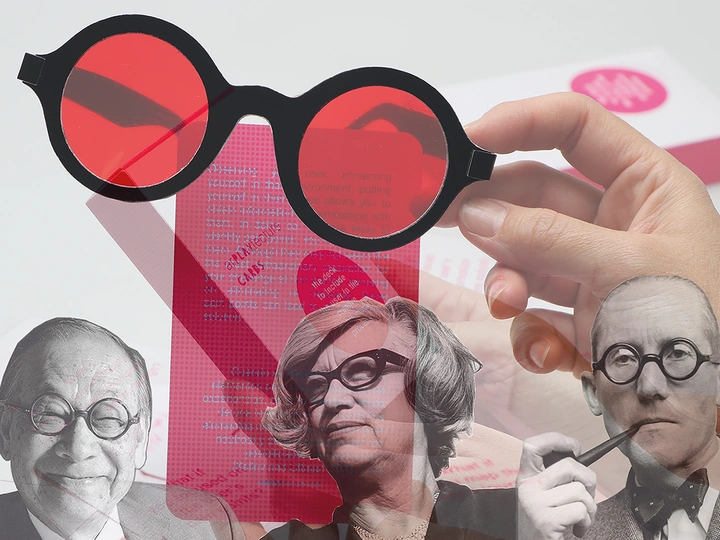Arplaytecture: User-Centred Design Through Play

I am a play designer and architect with a PhD in architectural projects. For many years, I focused on teaching and researching architecture. However, during my studies in Design for Play in Denmark, I encountered a new methodological framework that transformed both my professional and academic practice. I discovered user-centred tools and design thinking methodologies that enabled me to question traditional architectural logics and explore new pathways for action.
This significant career shift led me to develop Arplaytecture—a methodology that combines play, spatial design, and architectural education. Arplaytecture advocates for a playful yet critical approach that places the user at the centre of the creative process, aiming to reshape how architecture is taught in design studios. The goal is for Arplaytecture to become a global, replicable, and scalable methodology that addresses today’s social challenges by educating future architects.
As an emerging author, I’m interested in activating pedagogical processes, doing practice-based research, developing grounded theory, and working with collaborative formats—workshops, labs, publications, or academic events. Within LINA, I hope to collaborate with architecture schools, educational platforms, and cultural institutions committed to experimental education, institutional critique, and alternative spatial thinking.
As a natural cross-pollinator, I view my practice as an open platform for dialogue across various disciplines and contexts. Instead of consolidating a single voice, I aim to contribute to a broader conversation about how play, design, and pedagogy can come together in innovative ways to reimagine space.
As an architect, I always understood the importance of users in the design process. However, I didn’t fully grasp the secondary role that users often play in architecture until I shifted my career path and discovered design thinking with its human-centred approach. Transitioning to a play designer completely changed my perspective on architecture. This experience led me to explore the design question: How might we start bridging the gap between architects and clients/users by intervening preventively in the design studio scenario through play?
The answer was Arplaytecture, a methodology aimed at fostering empathy towards users in the environment where a professional mindset starts to develop: the design studio. Arplaytecture proposes tools and techniques that create immersive experiences and a safe space—referred to as the creative “magic circle”—which encourages active exploration, trial and error, emotional connections with content, and collective knowledge-building. These elements, typical of playful activities (The LEGO Foundation, 2017), are essential for effective and meaningful learning.
I propose, in collaboration with LINA members, to apply this methodology through a series of workshops in architecture schools. The aim is to explore how serious play can redefine spatial practice and its pedagogy. We will compile the key insights into a playbook, which will encourage replication and scaling in various educational contexts.
To foster collective knowledge and explore innovative approaches to spatial design, I also propose organising an international meeting focused on architecture and play. This event would bring together researchers, educators, and designers who are engaged in themes such as playful learning, creative processes, and playful design, among others.
The resulting playbook and international meeting aim to be the foundation for the first European research network dedicated to the emerging connection between architecture and play.